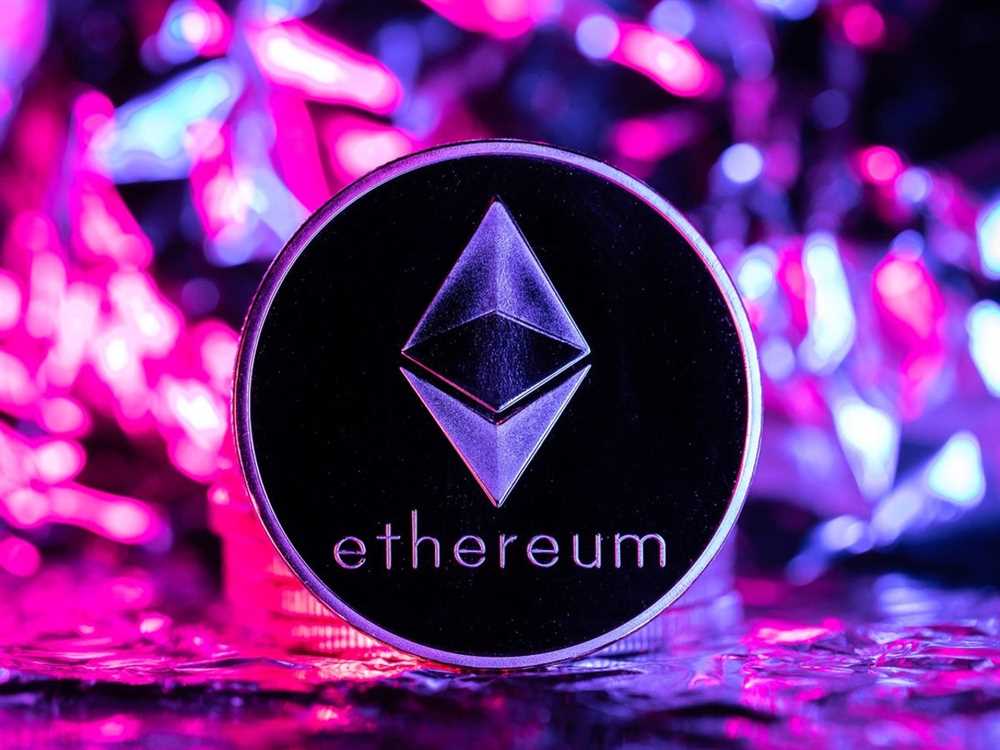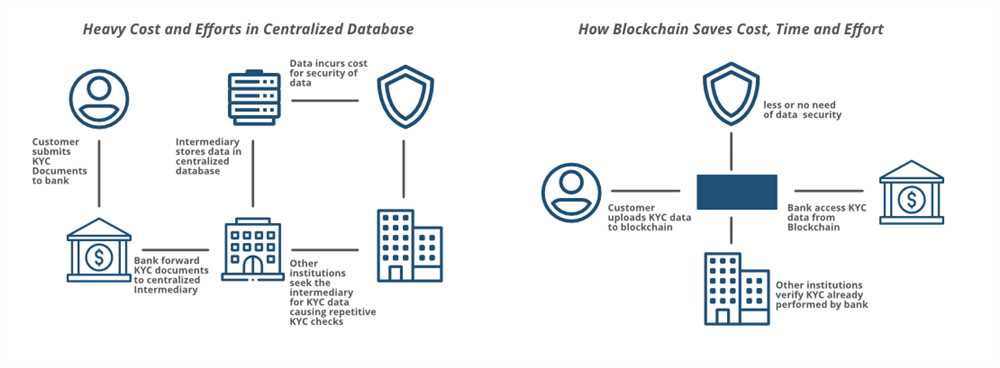Ethereum merge date
5 min read

The Ethereum merge, also known as Ethereum 2.0 or Eth2, is one of the most highly anticipated events in the world of blockchain and cryptocurrencies. This upgrade aims to transition Ethereum from a proof-of-work (PoW) to a proof-of-stake (PoS) consensus algorithm, bringing numerous benefits and improvements to the network.
So, what is the Ethereum merge date? While an exact date has not been set yet, Ethereum developers and the community are working towards merging Ethereum’s two main networks, the Eth1 chain and the Beacon chain, in the near future. This merge will mark a significant milestone for Ethereum and is expected to bring increased scalability, security, and sustainability to the network.
With the Ethereum merge, the network will no longer rely on energy-intensive mining, making it more environmentally friendly and cost-effective. Instead, validators will be chosen to participate in block validation based on the number of ether they hold and are willing to lock up as collateral. This new consensus mechanism brings several advantages, including reduced energy consumption and improved transaction processing speed.
While the exact Ethereum merge date may still be uncertain, the community eagerly awaits this groundbreaking upgrade. Ethereum has already established itself as the leading smart contract platform, and this merge will further solidify its position in the crypto space. Investors, developers, and users are excited about the potential of Ethereum 2.0 and the positive impact it will have on the network’s scalability, security, and sustainability.
Ethereum Merge Date: Everything You Need to Know
Ethereum, the world’s second-largest cryptocurrency, is undergoing a major transformation known as the Ethereum Merge. This upgrade aims to replace the current proof-of-work (PoW) consensus mechanism with a more sustainable and energy-efficient proof-of-stake (PoS) mechanism. Here is everything you need to know about the Ethereum Merge date and its implications.
What is the Ethereum Merge?

The Ethereum Merge is the upcoming upgrade that combines the Ethereum mainnet with the Beacon Chain, which has been running as a separate PoS blockchain since its launch in December 2020. This merge will mark the final step in the transition from PoW to PoS consensus for Ethereum, making it more scalable, secure, and environmentally friendly.
When is the Ethereum Merge Date?

As of now, the exact date for the Ethereum Merge has not been determined. However, it is expected to take place sometime in 2022. The Ethereum community and developers are actively working on the merge implementation and testing to ensure a smooth transition.
Implications of the Ethereum Merge
The Ethereum Merge will have several implications for the Ethereum network and its users. Here are some key points to consider:
- Energy Efficiency: The Ethereum Merge will significantly reduce energy consumption as it replaces the resource-intensive PoW mechanism with a more energy-efficient PoS consensus. This change will address the concerns regarding the environmental impact of cryptocurrency mining.
- Scalability: With the PoS mechanism, Ethereum will be able to process a higher number of transactions per second, improving its scalability. This increased capacity will be crucial in supporting the growing demand for decentralized applications (dApps) and decentralized finance (DeFi) platforms.
- Security: The PoS consensus provides a higher level of security by eliminating the risk of 51% attacks that exist in PoW. Validators are selected based on the amount of cryptocurrency they hold, incentivizing them to act honestly and maintain the network’s integrity.
- Economic Model: The Ethereum Merge will introduce changes to the economic model by implementing a new issuance mechanism and adjusting the rewards for validators. These changes aim to strike a balance between incentivizing participation and maintaining the stability of the network.
Overall, the Ethereum Merge represents a significant milestone in Ethereum’s evolution. It is expected to make the network more sustainable, scalable, and secure, paving the way for the next phase of decentralized applications and blockchain innovation.
Understanding Ethereum’s Merge

Ethereum’s merge refers to the moment when the network transitions from the current proof-of-work (PoW) consensus mechanism to a proof-of-stake (PoS) consensus mechanism. This shift is an important milestone in Ethereum’s development and aims to bring significant improvements in scalability, security, and energy efficiency.
The transition to PoS involves replacing the process of mining, where miners compete to solve complex mathematical puzzles to validate transactions, with a validator-based system. Validators, who hold a certain amount of ETH, are chosen to propose and validate new blocks based on their stake. This shift eliminates the need for expensive mining equipment and significantly reduces the network’s energy consumption.
One of the key advantages of the merge is the ability to scale Ethereum’s network. The current PoW system has limitations in terms of transaction throughput and confirmation times. With PoS, the network can process transactions more efficiently, leading to faster confirmation times and increased scalability.
Additionally, the merge enhances the security of the Ethereum network. PoS relies on economic incentives and penalties to ensure network participants act honestly. Validators are required to deposit a certain amount of ETH as collateral, which can be slashed if they attempt malicious activities. This design discourages bad behavior and incentivizes validators to act in the best interest of the network.
To prepare for the merge, the Ethereum community has been working on the development of the Beacon Chain, which serves as the backbone of the new PoS system. The Beacon Chain was launched in December 2020 and acts as a separate PoS chain that runs parallel to the main Ethereum network. This allows developers to test and refine the PoS mechanics while the main network continues to operate using PoW.
Once the Beacon Chain is deemed stable and fully operational, the merge can occur. This process involves transitioning the Ethereum mainnet from PoW to PoS by linking the existing Ethereum chain with the Beacon Chain. Through this merge, Ethereum aims to become more sustainable, efficient, and secure, paving the way for future growth and innovation within the ecosystem.
In conclusion, the Ethereum merge represents a significant shift for the network, moving from PoW to PoS consensus mechanism. This transition brings improvements in scalability, security, and energy efficiency, allowing Ethereum to meet the increasing demands of its users while paving the way for future innovation.
When is the Ethereum merge date?
The Ethereum merge date has not been announced yet. The developers are currently working on the necessary upgrades for the merge, and they have not provided a specific date for its completion.
What is the Ethereum merge?
The Ethereum merge refers to the upcoming upgrade of the Ethereum network, in which the current proof-of-work (PoW) consensus mechanism will be replaced with a proof-of-stake (PoS) consensus mechanism. This upgrade aims to improve the scalability, security, and sustainability of the Ethereum network.



